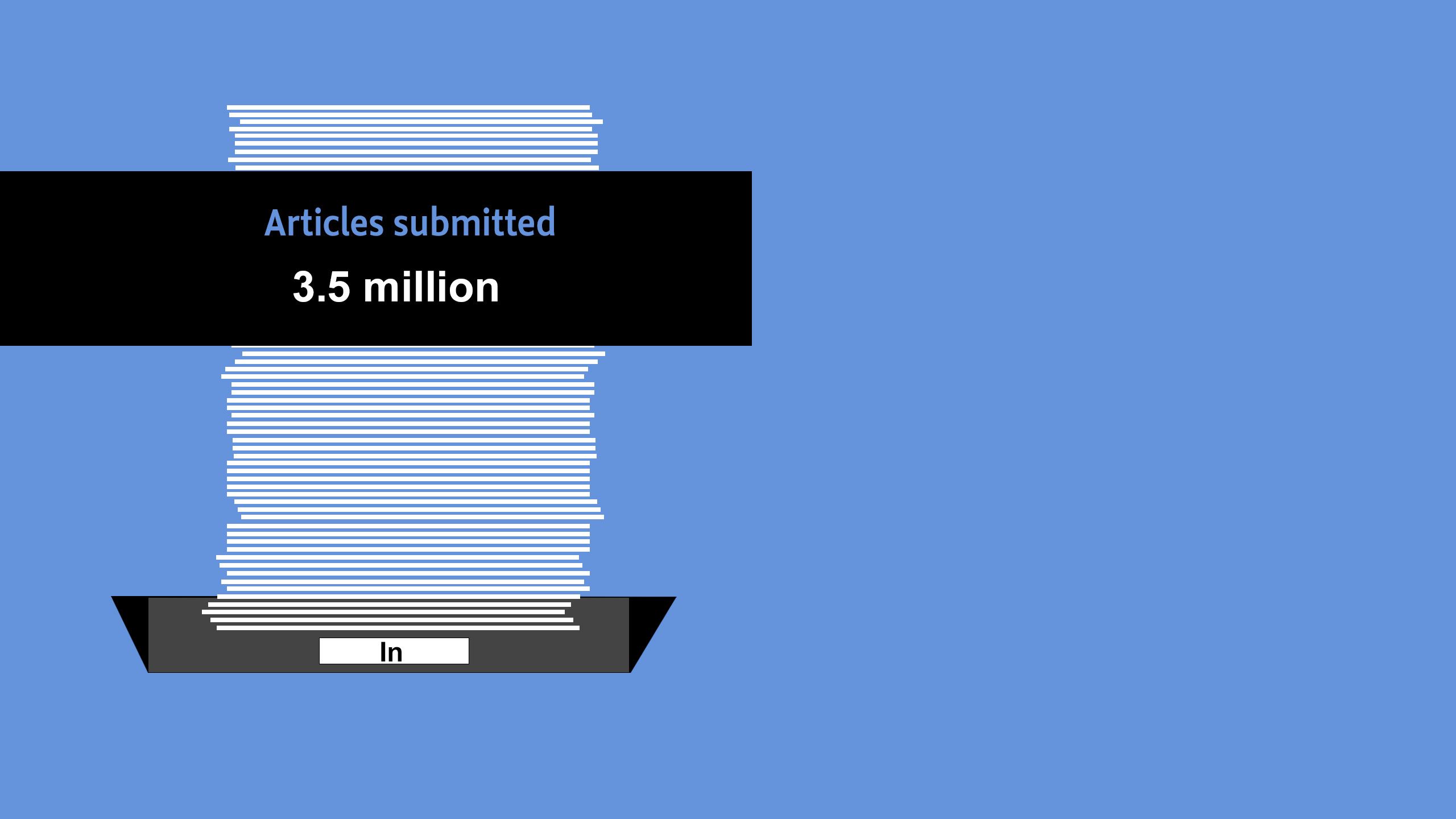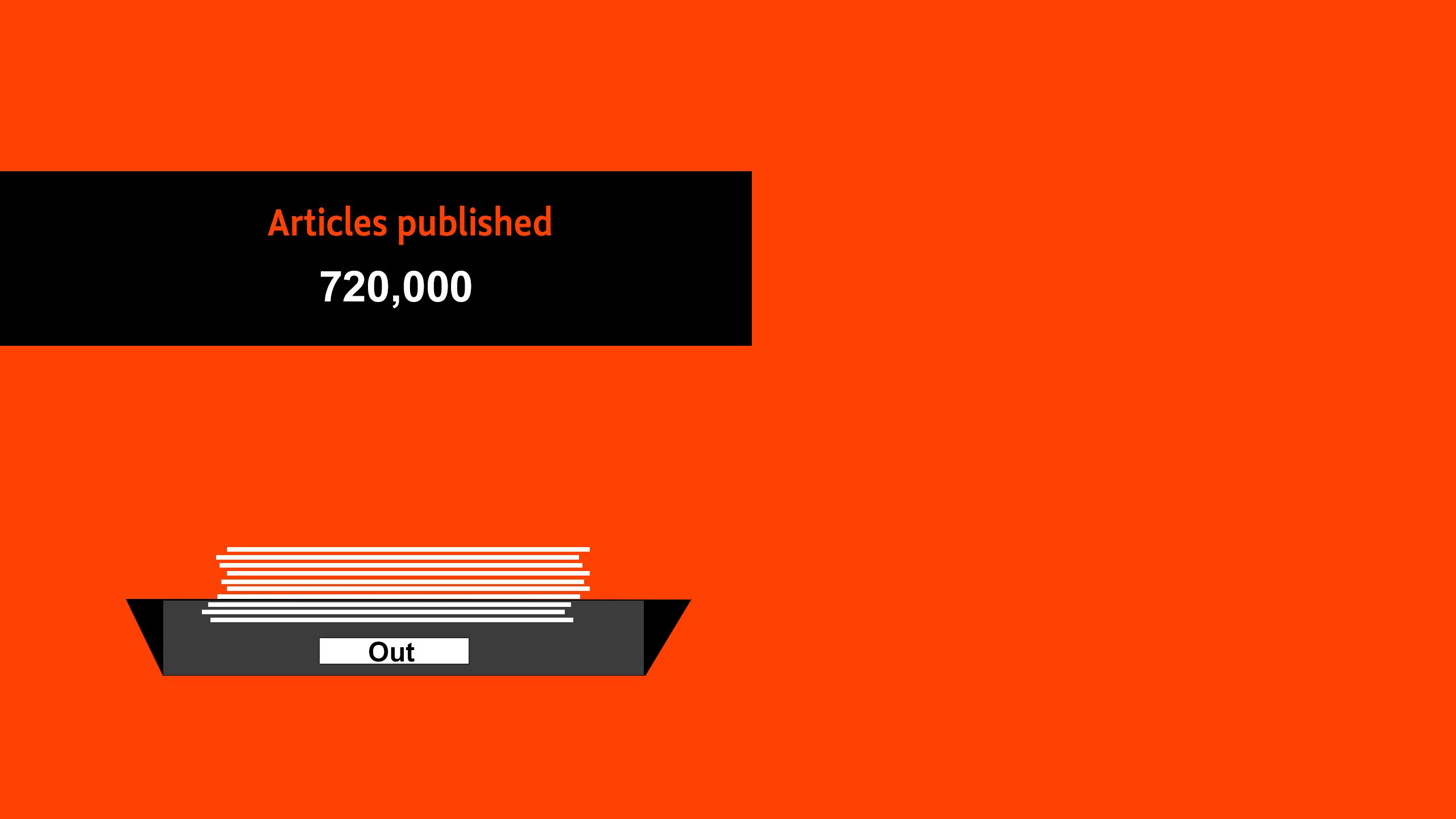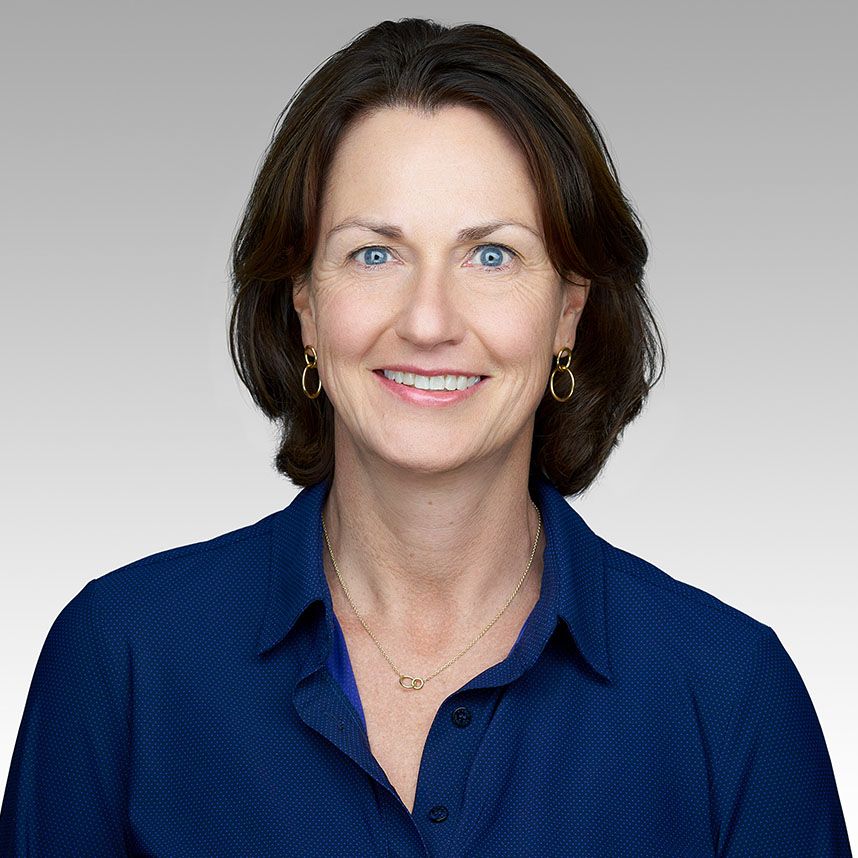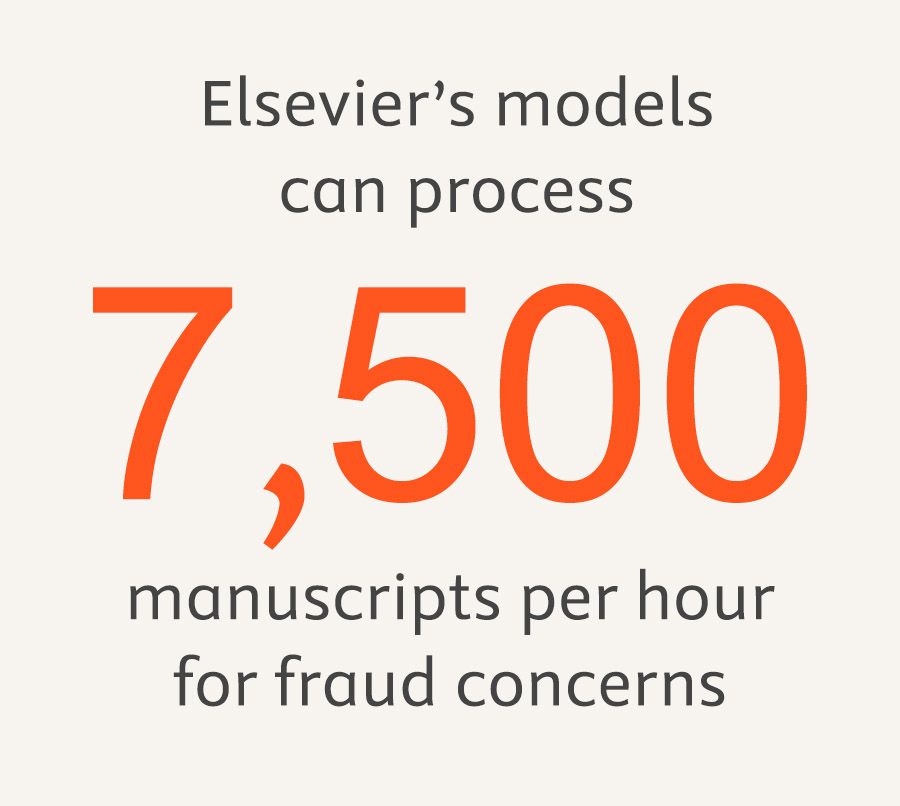Investing in integrity: How publishers are safeguarding science
Elsevier is deploying new technology and strengthening human oversight to ensure the quality of scientific research

Confidence in research is fundamental to human progress. Science is central to addressing our greatest global challenges, from climate change to cancer and the safe deployment of technology. To find solutions, researchers need a foundation of reliable scientific knowledge to build on.
However, the integrity of this foundation is increasingly threatened by the challenges posed by misinformation. Today, misinformation and disinformation are ranked as the top near-term international risk by the World Economic Forum. Meanwhile, a rise in unethically produced and fraudulent publications puts the integrity of scientific research under pressure, potentially eroding trust in science.
Safeguarding the vital work of researchers requires constant rigor and vigilance. As the world’s leading scientific publisher, Elsevier is investing heavily in human expertise and technology to identify fraudulent content and prevent it from entering the scientific record.
Combined with expert human oversight, new technologies now allow Elsevier and other publishers to investigate ethics concerns at scale, detecting compromised research and other problematic content. While these actions may lead to a rise in retractions in the short term, ultimately they will result in a stronger foundation for researchers.
These technologies are increasingly being used in earlier stages of the publication process to prevent such papers from being published.
When research is compromised

While fraudulent research accounts for only a small percentage of research overall, it represents a challenge for the whole scientific community. It encompasses a variety of motivations and forms — complexities that require a nuanced and sophisticated response. It may be driven by a lack of awareness about best practices by an otherwise well-intentioned researcher — or by deliberate misconduct for individual personal gain. In addition, networks of bad actors prey on researchers under pressure to publish, offering paid-for authorships, falsified research or fraudulent journals resulting in unethical output.
New technologies have enabled these bad actors to operate at scale.
The problem of fraud is not unique to science. Facilitated by technology, it has been growing across multiple sectors for years. Rapid advances in AI have added to the challenge. When used responsibly, generative AI has the potential to support academic writing. But if it doesn’t draw from verified information, GenAI can also pollute the research pool with bias, manipulated imagery and hallucinations. AI tools now support a whole industry of “paper mills” — profit-driven enterprises producing fraudulent articles at scale. These articles can then be used to sell authorship credits, exploiting researchers who face pressure to publish papers to secure funding, advance their careers or boost their institution’s rankings. As such, authors, educational institutions, editors and publishers all play key roles in upholding the quality of research.
“As an editor, the biggest challenge is the influx of artificial intelligence, whether it’s ChatGPT or any other program that can generate text.”
Dr Luisa Borrell, Distinguished Professor of Epidemiology and Biostatistics at City University of New York and Editor-in-Chief of the journal Preventive Medicine, says plagiarism and the use of fake or stolen data can be hard for editors to identify without the right software. This growing problem puts publishers under pressure, she adds.
“As an editor, the biggest challenge is the influx of generative artificial intelligence, whether it’s ChatGPT or any other program that can generate text,” says Prof Borrell. “Our biggest challenge is how we deal with that, whether people tell us they use it, or whether we discover that ourselves editorially.”
The role of scientific publishers

Journals are critical for guarding the integrity of research. Elsevier applies a rigorous editorial process across its portfolio of nearly 3,000 journals, which include some of the world’s most reputable scientific publications such as The Lancet and Cell. Elsevier’s high rejection rate also reflects this focus on quality. In 2024, 3.5 million articles were submitted to its journals, of which just 720,000 were published. Articles published in Elsevier’s journals account for 17% of global research output and 29% of journal citations, placing it ahead of its peers.
To maintain that quality, Elsevier applies checks and safeguards at every step of the editorial and publishing process, from the time a manuscript is submitted, to review by editorial teams and through the peer review process. Articles that are selected by editors for publication are matched to relevant global experts to ensure that the peer-review process — and the manuscript’s science — is sound.
Elsevier also operates retractions according to standards developed by scholarly bodies: A retraction notice is published in a subsequent issue of the journal and in the online version linked to the original article so it cannot be separately accessed. A watermark on each page of the article also indicates the retraction.
“Our new tools are able to identify these issues at scale, and our teams are growing to ensure each investigation is validated by one of our experts.”
As publishers invest in tools that guard the integrity of research, we are now seeing the tide turn against people who would undermine that integrity. Fraud is becoming more complex as well as more frequent, often stretching across multiple papers, journals and research areas. However, Elsevier’s investigative tools are also increasingly effective in identifying networks of related malpractices, enabling investigations at scale. This allows for more efficient corrections of the record where needed and improved detection of problematic manuscripts in the pre-publication stages.
As Laura Hassink, Elsevier’s Managing Director of Journals, explains:
“As well as applying safeguards during the publication process, the tools we have now help us identify more articles that have been published in the past where we have concerns and want to do an investigation.
“These new tools are able to identify these issues at scale, and our teams are growing to ensure each investigation is validated by one of our experts. While this will impact the number of retractions we will see in the short term as we take corrective action to remove compromised articles from the scientific record, these tools also enable us increasingly to uncover these papers much earlier in the publication process and prevent them from being published in the first place.”


Technology in the fight against fraud

Elsevier is investing tens of millions of dollars in sophisticated technology that can detect integrity issues barely visible to the human eye and combining that with in-house expertise.
These models can process as many as 7,500 manuscripts per hour for integrity concerns, including issues that may not be caught by human checks. They help identify signs of fraud across all areas, including content, authorship, peer review, citations and images. “We have developed more than 100 signals that indicate there might be something wrong with an article, and we’re developing tools for each of them,” Hassink says.
Such signals can include strange turns of phrase used by AI, known as tortured phrases, as well as changes in authorship or simultaneous submissions. “If there is a red flag, the article goes to an in-house team of publication ethics and research integrity experts, who will validate it,” Hassink notes.
Prof Borrell says she notices the difference:
“As an author, when I submit to other publishers, I don’t see the same level of oversight or checking. I think that Elsevier is ahead of the game in many ways, putting a lot of checks and balances in place.”
“If there is a red flag, the article goes to an in-house team of publication, ethics and research integrity experts, who will validate it.”
Correcting the record

Preventive measures must also be paired with a commitment to manage and correct published research when necessary. After all, once embedded in the scientific record, compromised research can lead to inaccurate or distorted findings, which can have dire consequences.
For example, if unethical science is used to train large language models (LLMs) and GenAI tools, that could circulate and perpetuate misinformation to a wider audience, says Hassink:
“One danger is that unethical or fake research ends up in the training databases of public AI tools. So, it becomes increasingly difficult for people to know whether they can trust what they are looking at.”
Retractions are an important part of cleaning up the scientific record and maintaining confidence in research. The number of global retractions is rising. In 2023, more than 10,000 articles were withdrawn by scientific publishers, compared to 4,000 the previous year, according to findings published in Nature. While the increasing instances of misconduct amid a growing volume partially account for this surge, advancements in investigative technologies that enhance detection capabilities also play a significant role. The trend of rising retractions is ultimately a positive development for the integrity of science.
A collaborative response

Fraud in scientific publishing requires a collaborative response, which is why Elsevier is making its research integrity tools available to others in the field. “It’s an area where we increasingly work across the industry,” Hassink says. “We know it’s not a problem that we can just solve ourselves; it is really a shared responsibility and needs to be solved at an industry level.”
Recently, Elsevier freely shared a new in-house tool to detect duplicate manuscript submissions with the STM Integrity Hub, an initiative of the International Association of Scientific, Technical and Medical Publishers (STM) to help tackle integrity issues in scientific publishing. “Doing that across the industry is much more powerful and reduces the workload for individual journals, as well as the number of articles that need to be retracted,” Hassink notes.
“We increasingly work across the industry.”
Elsevier also publishes guidelines for authors, editors and reviewers on how to use AI responsibly. It’s part of the United2Act initiative, which brings together stakeholders to address the collective challenge of paper mills. In addition, Elsevier is collaborating with governments and universities to raise awareness about research integrity and the incentive structures that encourage unethical practices.
Supporting researchers, restoring trust

Academics and researchers thrive when they can draw on rigorous science and trust the work done by their peers. “There is a big responsibility and great opportunity for us as a publisher because people need to be able to trust what they read and researchers need to trust the place they publish their articles,” says Hassink. If publishers fail to tackle compromised research, “it would be more difficult for researchers to do their job and to find out what research they can trust,” she adds.
Ultimately the integrity of research hinges on the effectiveness of the peer review process — a process built on the foundation of trust among authors, reviewers and editors.
That system can only be as strong as the commitment of all participants to uphold its standards. For publishers, that means actively excluding bad actors and giving all necessary support to the authors dedicated to advancing knowledge. By uniting against the pervasive threat of compromised research, the publishing industry can not only safeguard the integrity of science but also reinforce public confidence in the findings that shape our understanding of the world. This collaborative effort is essential to ensure that groundbreaking research continues to drive progress for all.


